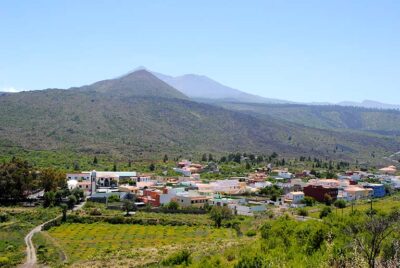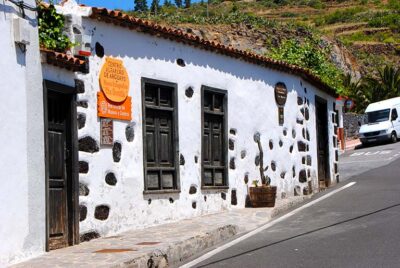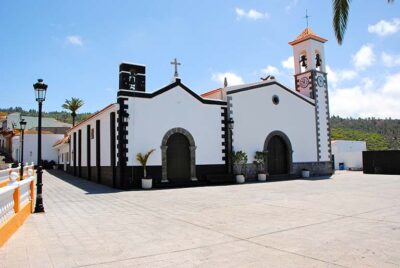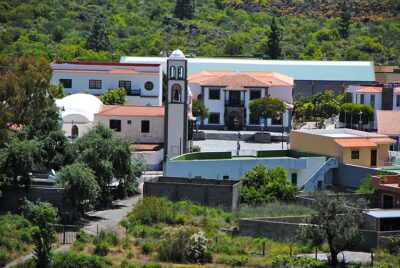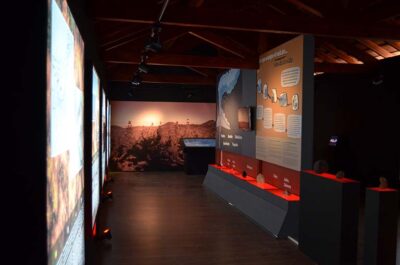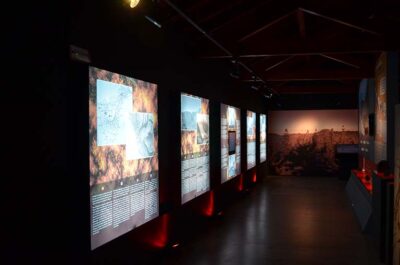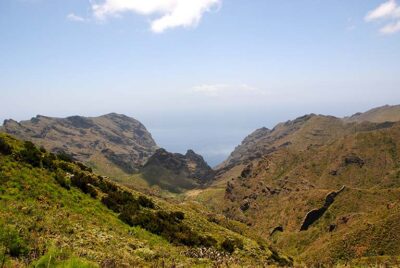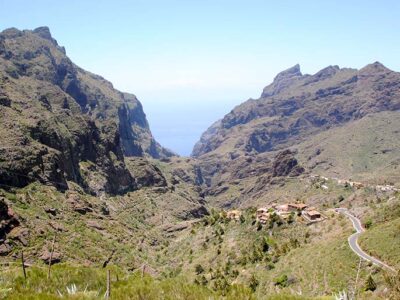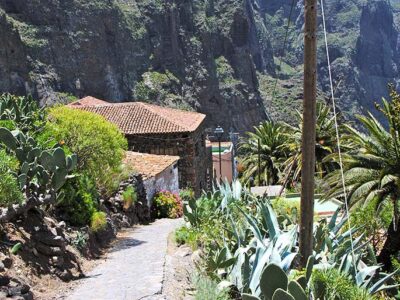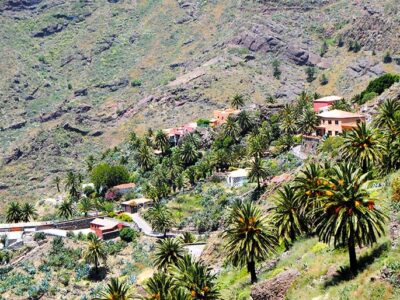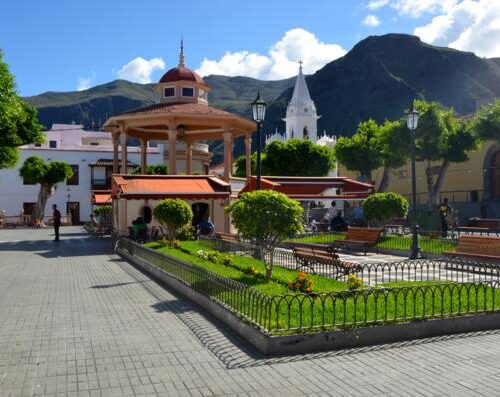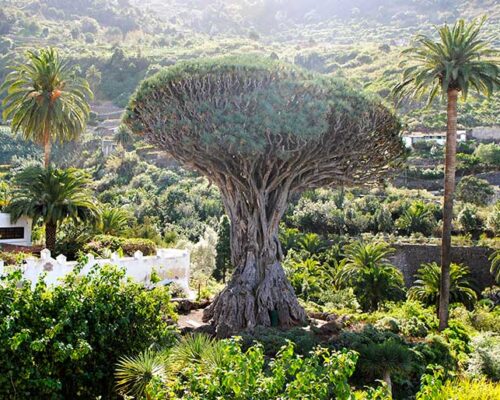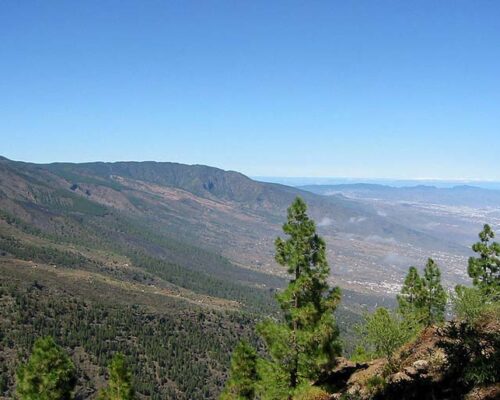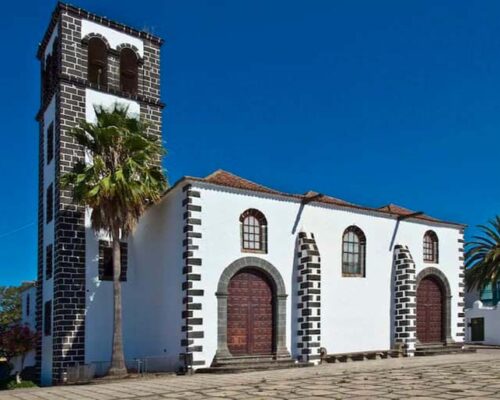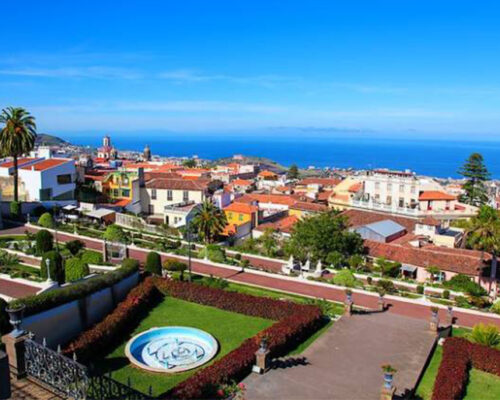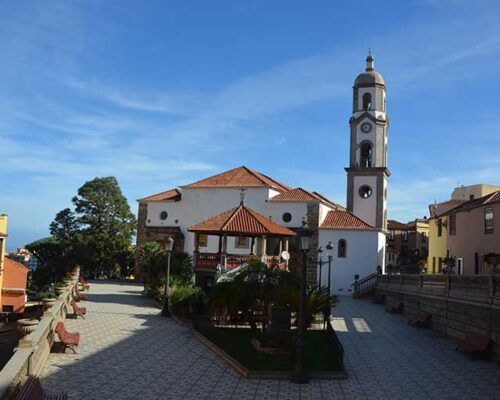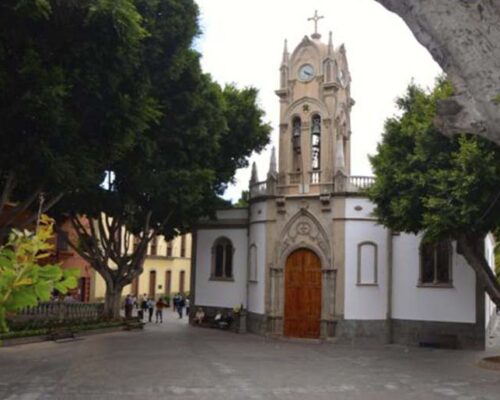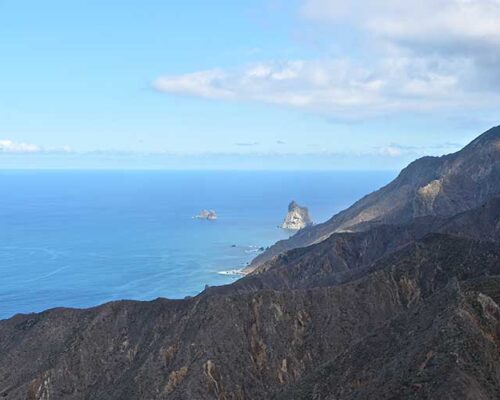
Route from Santiago del Teide to Masca
Pottery, lava and wine
The proposed route continues as far as the neighbouring municipality of Buenavista del Norte, much of which extends into the Teno Rural Park, a protected area of great ecological value and where Masca is located, a village which houses some of the best and most carefully preserved examples of traditional architecture on the Island.
THE FARMERS’ MARKET AT SANTIAGO DEL TEIDE
Location: Avenida de la Iglesia, 2. Santiago del Teide.
Tel:922 863 127
Opening times: Saturdays and Sundays from 8:00 to 14:00
MIRADOR DE ARCHIPENQUE (Viewpoint)
Location: Main road to Puerto Santiago. Puerto Santiago
Tel:
WINERY EL ADERNO
Location: Finca Camello. Road to El Palmar, km. marker 3.4. Buenavista del Norte
Tel:922 127 368
Opening times: – from Monday to Saturday, 9:00 to 14:00 – Booking in advance is essential.
THE FISHERMEN’S MUSEUM
Location: Carretera General Puerto Santiago, 14. Santiago del Teide
Tel:
Route points
A stroll through the village of Arguayo begins with a visit to the sculpture dedicated to the work of the potters of the place, located a few metres from the car park at the Centro Alfarero Cha-Domitilla (Pottery Centre). Such was the importance of pottery that at the end of XIXth century and beginning of the XXth, almost all the families in Arguayo were employed in this activity. It was the women who preserved the techniques and traditional shapes inherited from the guanches themselves, passing them on from generation to generation.
In the church square of San Fernando Rey, the starting point for visiting this village, you have the opportunity to see the sculpture erected in memory of Alonso Díaz, one of the sons of the last Mencey [aboriginal king] of Adeje, baptised as Diego Diaz. Likewise, on this stop, you can visit the complex of the Señorío del Valle housed in a former stately home from the XVIIth century.
The Santiago del Teide Visitors Centre is situated in the town centre and its main objective is to explain the town's most important natural, tourist and architectural attractions. It consists of two separate sections where the most interesting aspects of Santiago del Teide are explained in an instructive, entertaining but scientifically rigorous manner. The first section is devoted to the eruption of the Chinyero volcano which occurred in 1909, whilst the second focuses on the points of greatest interest in the municipality with emphasis on the hiking trails in the area.

